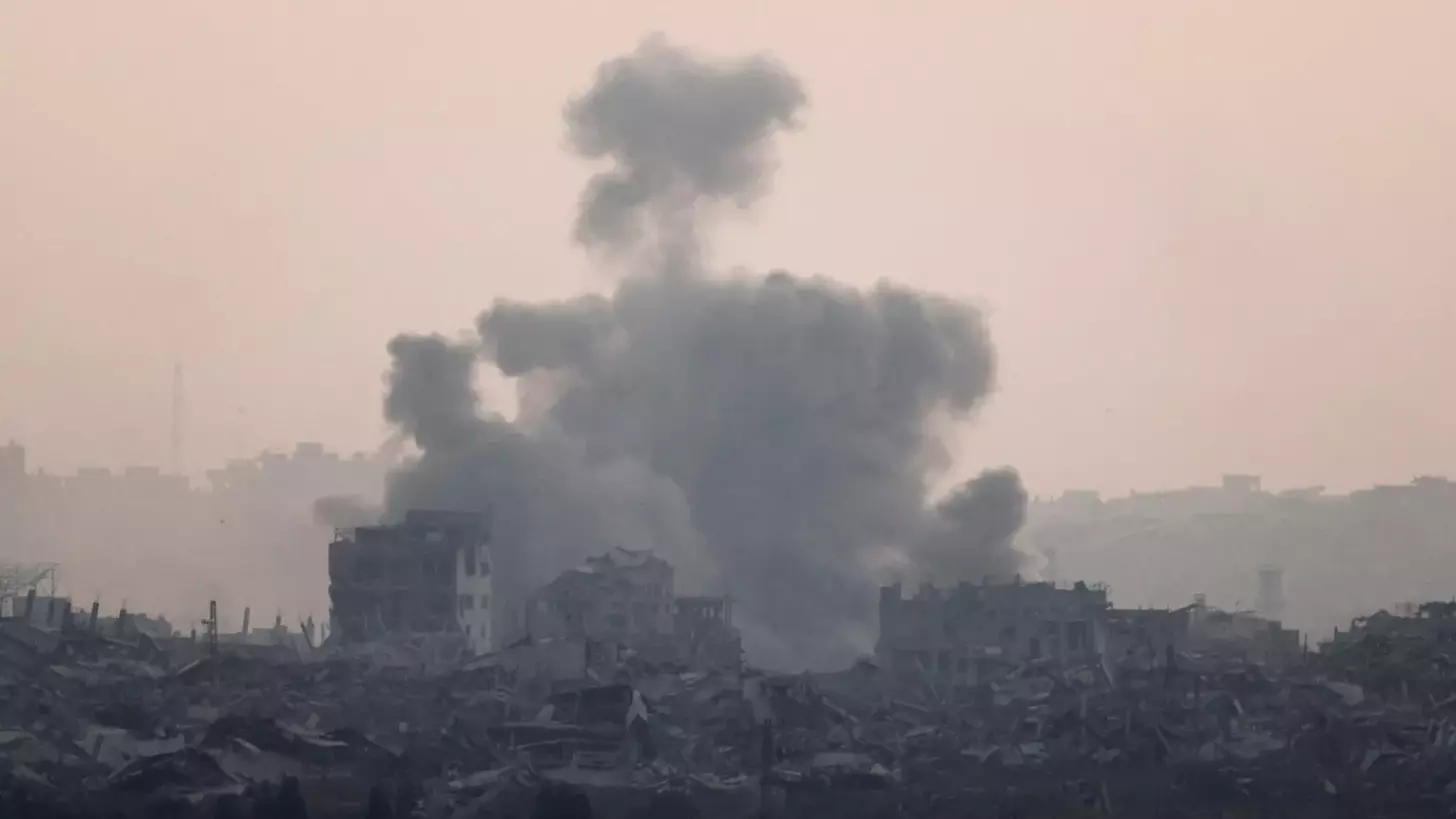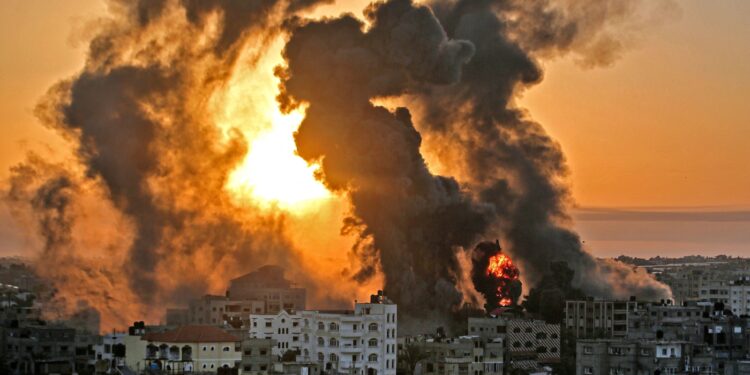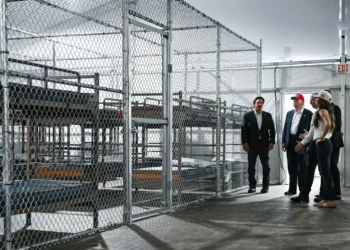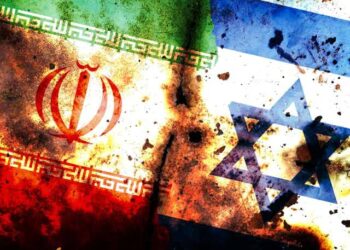From October 7 to Present: A Comprehensive Timeline of the Israel-Gaza War and Ceasefire Struggles
Israel’s March 18 airstrikes shattered nearly two months of fragile ceasefire with Hamas, marking another turning point in the ongoing conflict. Most recently, a senior Hamas official confirmed the group would reject the latest US Gaza ceasefire plan that Israel had reportedly accepted. This development extends a war that has claimed over 54,000 Palestinian lives according to Gaza health officials, while the initial Hamas attack on October 7, 2023, killed approximately 1,200 Israelis and took 251 hostages.

The Initial Assault (Oct 7-27, 2023)
The current conflict erupted on October 7, 2023, when Hamas-led militants launched a surprise attack on southern Israel. The assault resulted in approximately 1,200 Israeli deaths, primarily civilians, and the abduction of 251 hostages who were taken into Gaza. Israel immediately responded with airstrikes and declared a “total siege” on Gaza, cutting off essential supplies including food, water, medicine, and fuel.

On October 8, Lebanon’s Hezbollah began firing into Israel in what it described as support for Palestinians, opening a second front in the conflict. By October 13, Israel had ordered residents of Gaza City to evacuate southward, initiating a mass displacement that would eventually affect nearly the entire Gaza population. The humanitarian situation deteriorated rapidly as Israel tightened its blockade.
The conflict quickly expanded regionally when Yemen’s Iran-backed Houthis launched missiles toward Israel on October 19, which were intercepted by a US Navy warship. This marked the beginning of Houthi attacks on both Israel and international shipping in the Red Sea, significantly disrupting global maritime commerce.
October 7 Attack Death Toll
The Hamas-led attack on October 7, 2023, resulted in approximately 1,200 Israeli deaths, primarily civilians, and the abduction of 251 hostages. This represented the deadliest day for Israelis since the country’s founding and triggered the massive military response in Gaza.
Limited humanitarian aid was finally permitted to enter Gaza through the Rafah crossing with Egypt on October 21, though aid organizations consistently reported that the amount allowed was grossly insufficient for the population’s needs. On October 27, Israel launched its ground offensive into Gaza, marking a significant escalation in the conflict.

Winter Offensives and Failed Truces (Nov 2023-Jan 2024)
On November 15, Israeli forces entered Al Shifa Hospital, Gaza’s largest medical facility, after a prolonged siege. The military claimed Hamas was using the facility as a command center, an allegation Hamas denied. Within weeks, all hospitals in northern Gaza had ceased functioning, creating a catastrophic healthcare crisis for the civilian population.

Al-Shifa Hospital Siege
The Israeli military operation at Al Shifa Hospital in November 2023 became a flashpoint in the conflict. Israel claimed the facility housed a Hamas command center beneath it, while medical staff and Hamas denied these allegations. The siege left Gaza’s largest hospital non-functional and displaced thousands of patients and medical refugees.
A seven-day truce was announced on November 21, during which approximately half of the hostages were released. However, fighting resumed on December 1 when Israel accused Hamas of violating the agreement. By December 4, Israeli forces had launched their first major ground assault in southern Gaza, targeting Khan Younis city.
As 2024 began, Israel signaled it would start withdrawing from northern parts of Gaza, though months later Israeli forces would return to these areas to combat regrouping militants. On January 26, the International Court of Justice in The Hague ordered Israel to prevent genocide in Gaza, though it stopped short of ordering a ceasefire.

One of the deadliest incidents of the war occurred on February 29, when more than 100 Gazans were killed while queuing for aid in the presence of Israeli troops. The Israeli military claimed people were crushed in a stampede, while Palestinian witnesses reported that Israeli forces opened fire on the crowd.
Regional Escalation and Humanitarian Collapse (Feb-Aug 2024)
On April 1, a suspected Israeli airstrike hit Iran’s embassy compound in Damascus, killing several Iranian military officers. Iran responded two weeks later by firing hundreds of missiles and drones at Israel, most of which were intercepted with assistance from the United States and other allies.
Hamas announced on May 6 that it had accepted a ceasefire proposal, but Israel said it had not agreed to that specific text. Shortly after, Israel ordered Palestinians to evacuate parts of Rafah as its forces took control of the buffer zone along the Gaza-Egypt border, further limiting humanitarian access.

By June 23, Netanyahu stated that the phase of intense fighting against Hamas was “coming to an end,” though he emphasized that the war would not finish until Hamas no longer controlled Gaza. Despite this announcement, fighting continued across the territory for months. The global hunger monitor IPC reported on June 25 that Gaza remained at high risk of famine.
July brought new evacuation orders for the southern cities of Khan Younis and Rafah. On July 27, a Hezbollah rocket killed 12 children and teenagers in the Israeli-occupied Golan Heights, prompting Israel to vow retaliation. Israel announced on August 1 that it had killed Mohammed Deif, Hamas’ military chief, in a July 13 airstrike that Palestinian officials said killed 90 people.
The World Health Organization confirmed on August 23 the first case of polio in Gaza in 25 years, with a baby suffering paralysis. This highlighted the collapse of the healthcare system and sanitation infrastructure after months of conflict.
Current Phase: The Rafah Gambit (Sept 2024-Present)
In a significant escalation against Hezbollah, Israel detonated thousands of booby-trapped pager communication devices used by the group in Lebanon on September 17, injuring hundreds of its members. This was followed by an Israeli airstrike in Beirut on September 28 that killed Hezbollah leader Hassan Nasrallah.

Israeli forces launched a new operation in northern Gaza on October 5, focused on Jabalia refugee camp and the towns of Beit Hanoun and Beit Lahiya. Much of the surrounding area was cleared of people and razed. In a major development on October 16, Israel killed Hamas leader Yahya Sinwar in a shootout in Rafah, eliminating the mastermind of the October 7 attack.
ICC Arrest Warrants
On November 21, the International Criminal Court issued arrest warrants for Israeli Prime Minister Benjamin Netanyahu, former defense chief Yoav Gallant, and Hamas’ Ibrahim Al-Masri (also known as Mohammed Deif) for alleged war crimes and crimes against humanity, further complicating diplomatic efforts to resolve the conflict.
Israel and Hezbollah agreed to a ceasefire in Lebanon on November 27. On the same day, rebels in Syria launched an offensive that quickly toppled President Bashar al-Assad, an ally of Hezbollah and Iran, significantly altering the regional power dynamics.
US President-elect Donald Trump repeatedly warned there would be “hell to pay” in the Middle East if hostages in Gaza were not freed before his January 20 inauguration, using similar language on December 2, December 16, and January 7.

Negotiators reached a deal for a Gaza ceasefire on January 15 after 15 months of conflict. The phased agreement included hostage and prisoner releases while delaying talks on Gaza’s future to a later stage. Hamas freed a first batch of hostages as the ceasefire took effect on January 19, parading them during their release in a show of strength.
By February 10, Hamas threatened to stop hostage releases as both sides accused each other of ceasefire breaches. The first phase of the ceasefire expired on March 1 without agreement on a second phase. Israel said the first phase should be extended with further hostage releases, while Hamas insisted the original deal should continue with second-phase talks. Israel cut off Gaza aid as a pressure tactic.
On March 18, Israel resumed intense airstrikes on Gaza, saying it would use force to free remaining hostages. Palestinian health authorities reported hundreds of deaths in the renewed bombing campaign. This collapse of the ceasefire has continued until the present, with Hamas now rejecting the latest US Gaza ceasefire plan backed by Israel.
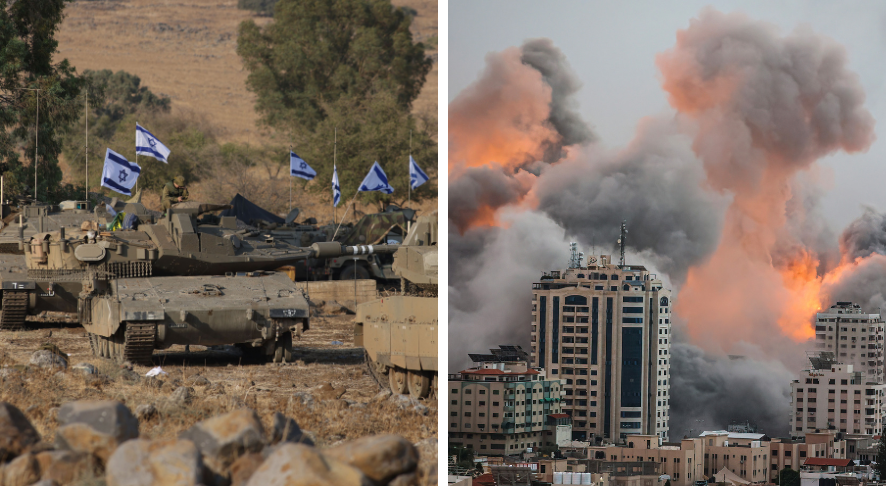
Ceasefire Negotiations: The Witkoff Plan and Hamas Rejection
The latest US ceasefire proposal, presented by Special Envoy Steve Witkoff, has become a focal point in the ongoing diplomatic efforts. According to White House Press Secretary Karoline Leavitt, “Israel signed off on this proposal before it was sent to Hamas.” However, a senior Hamas official told the BBC that the proposal “did not satisfy core demands, including an end to the war.”

The Witkoff Plan reportedly includes a 60-day truce during which Hamas would release 10 living Israeli hostages and 18 deceased hostages in two phases. In exchange, Israel would release 1,236 Palestinian prisoners and return 180 bodies of deceased Palestinians. The proposal also includes provisions for humanitarian aid distribution and Israeli military redeployment in certain areas of Gaza.
A key sticking point is that while the plan calls for negotiations toward a permanent ceasefire during the 60-day period, it does not guarantee that the fighting will end permanently. Hamas has consistently demanded a complete Israeli withdrawal from Gaza and a permanent end to hostilities before releasing all remaining hostages.
Hezbollah Communications Hack
In a separate but related development, Israel’s detonation of thousands of booby-trapped pager communication devices used by Hezbollah in Lebanon on September 17, 2024, represented an unprecedented cyber-physical attack. The operation injured hundreds of Hezbollah members and demonstrated Israel’s sophisticated intelligence capabilities against its regional adversaries.
Israeli Prime Minister Benjamin Netanyahu has made controversial statements about “taking control of food distribution” in Gaza, which many humanitarian organizations have criticized as weaponizing aid. Netanyahu told the Israeli parliament: “In the last two days we have been in a dramatic turn towards a complete defeat of Hamas,” adding that Israel was also “taking control of food distribution.”

Hamas official Basem Naim stated that Israel’s response to the US proposal “fails to meet any of the just and legitimate demands of our people, among them an immediate cessation of hostilities and an end to the humanitarian catastrophe unfolding in Gaza.” Despite this criticism, he added that “Hamas leadership is currently undertaking a thorough and responsible review of the new proposal.”
Humanitarian Impact: “The Hungriest Place on Earth”
The humanitarian situation in Gaza has reached catastrophic levels. According to the UN Office for the Coordination of Humanitarian Affairs, Gaza is now “the hungriest place on Earth” with “100% of the population of Gaza at risk of famine.” The IPC (Integrated Food Security Phase Classification) warns that approximately 500,000 people face catastrophic levels of hunger in the coming months.

Over 600,000 people have been displaced again by recent Israeli ground operations and evacuation orders, many for the third or fourth time since the conflict began. The UN humanitarian chief has accused Israel of subjecting Gazans to “forced starvation,” describing the situation as a war crime that will be judged by history.
The healthcare system has collapsed, with the resurgence of polio after 25 years being just one indicator of the public health crisis. Most hospitals in Gaza are non-functional, lacking essential medicines, equipment, and staff. Clean water is scarce, and sanitation systems have broken down, creating conditions for disease outbreaks among a population already weakened by malnutrition.

Stay Informed on the Humanitarian Crisis
For the latest data on the humanitarian situation in Gaza, including detailed famine projections and displacement statistics, consult the official IPC reports and UN OCHA updates.
Access Latest IPC Famine DataConclusion: An Uncertain Path Forward
The reported death of Mohammad Sinwar, Hamas’ Gaza chief and brother of the deceased leader Yahya Sinwar, represents another significant blow to Hamas leadership. However, history has shown that the elimination of leaders rarely leads to the collapse of such organizations, which often adapt and regroup.

With Donald Trump’s inauguration approaching on January 20, his repeated warnings that there will be “hell to pay” if hostages are not freed before he takes office add another layer of complexity to the situation. The incoming administration’s approach could significantly alter the dynamics of US involvement in the conflict.
As Hamas rejects the US Gaza ceasefire plan that Israel has reportedly accepted, the prospect of prolonged urban warfare remains high. The humanitarian catastrophe continues to worsen, and regional tensions remain volatile. Without a sustainable political solution that addresses the core demands of both sides, the cycle of violence is likely to persist, with devastating consequences for civilians caught in the crossfire.
